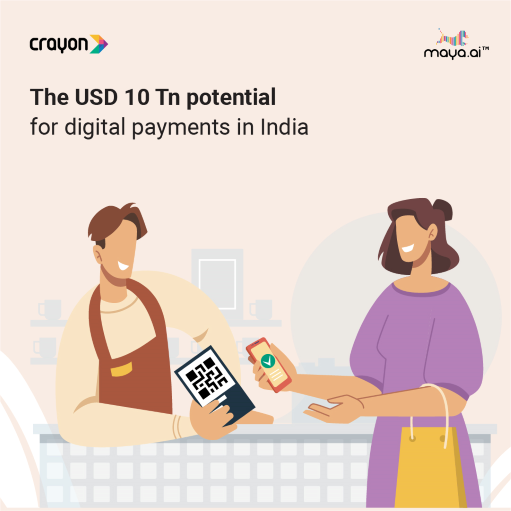Several tech industry titans have attempted to define the metaverse. Ed Greigg, Chief Disruptor at Deloitte, says, “In simplest terms, the metaverse is the internet, but in 3D.”
Others are skeptical about the concept. Tesla founder Elon Musk says he can’t “see someone strapping a screen to their face all day and not wanting to ever leave”.
The biggest proponent of the metaverse, Mark Zuckerberg, however, says, “Metaverse isn’t a thing a company builds. It’s the next chapter of the internet overall.”
Whichever school of thought you may subscribe to, the fact is that tech giants are jumping on the bandwagon. As the in-house tech expert and Vice President of Engineering, I often face questions on the topic. My answer is always that the metaverse is nothing but an extension of the existing technologies at play. It is another layer that is being built on top of data, AI and Blockchain.
And to understand this concept, we must go back to basics. Quite literally. This Web 1.0, Web 2.0 and now, Web 3.0. These are the pillars that laid the base for what the Internet has evolved into. Millennials will remember the days when we ran to cyber cafes and browsed the internet for just an hour, using whatever pocket money we had. Today, we carry everything in the palm of our hand.
Here’s the journey between those two points. Let’s see how technology bridged the gap.
Web 1.0
This was the first stage of the World Wide Web evolution. Owned majorly by companies like Yahoo, all the websites were heavy on text. There were no search engines, and one could only download information from the web. Most of the pages were static and connected to a system via hyperlinks.
Web 2.0
Web 2.0 saw the revolution of HTML, UI, Voice and Video. This was also the advent of social media. Clunky text heavy sites were transformed. Orkut, MySpace and other virtual community spaces came into play. Searching, sharing and uploading were additional features that were supported in Web 2.0. But there was access only to limited data and this created a place where only a few could succeed.
Web 3.0
This is the near future. Web 3.0 will use blockchain to decentralize data and give that data to individuals who are willing to pay for it. So, the actual ownership of the data will be tagged to the individual user and not be owned by a company. All the next-gen applications, including the metaverse platform, will be built on the base that is Web 3.0.
At the end of the day, it comes down to the business model. How can enterprises make money off the metaverse? The approach is very different when compared to a physical store or e-commerce. For instance, you buy a book on Amazon and then sell it to X. X then sells it to Y. The moment you sold the book to X, your trading bridge ended. There’s no connection between you and the book thereafter.
But in the metaverse, say you buy 3 NFTs. And you sell one each to X, Y, and Z. They go on to sell it to their friends. Every transaction here will involve a royalty fee to the original seller. The term of commerce is, every time it changes hands, the person who sold it keeps making money. At the same time, they are giving a part of that purchase to somebody who is ahead on the line.
It looks like the metaverse will not just change how we experience the Internet but will also use data in myriad ways to transform how we work and earn as well.
Stay tuned to our blog for more fascinating insights and in-depth exploration of the metaverse.

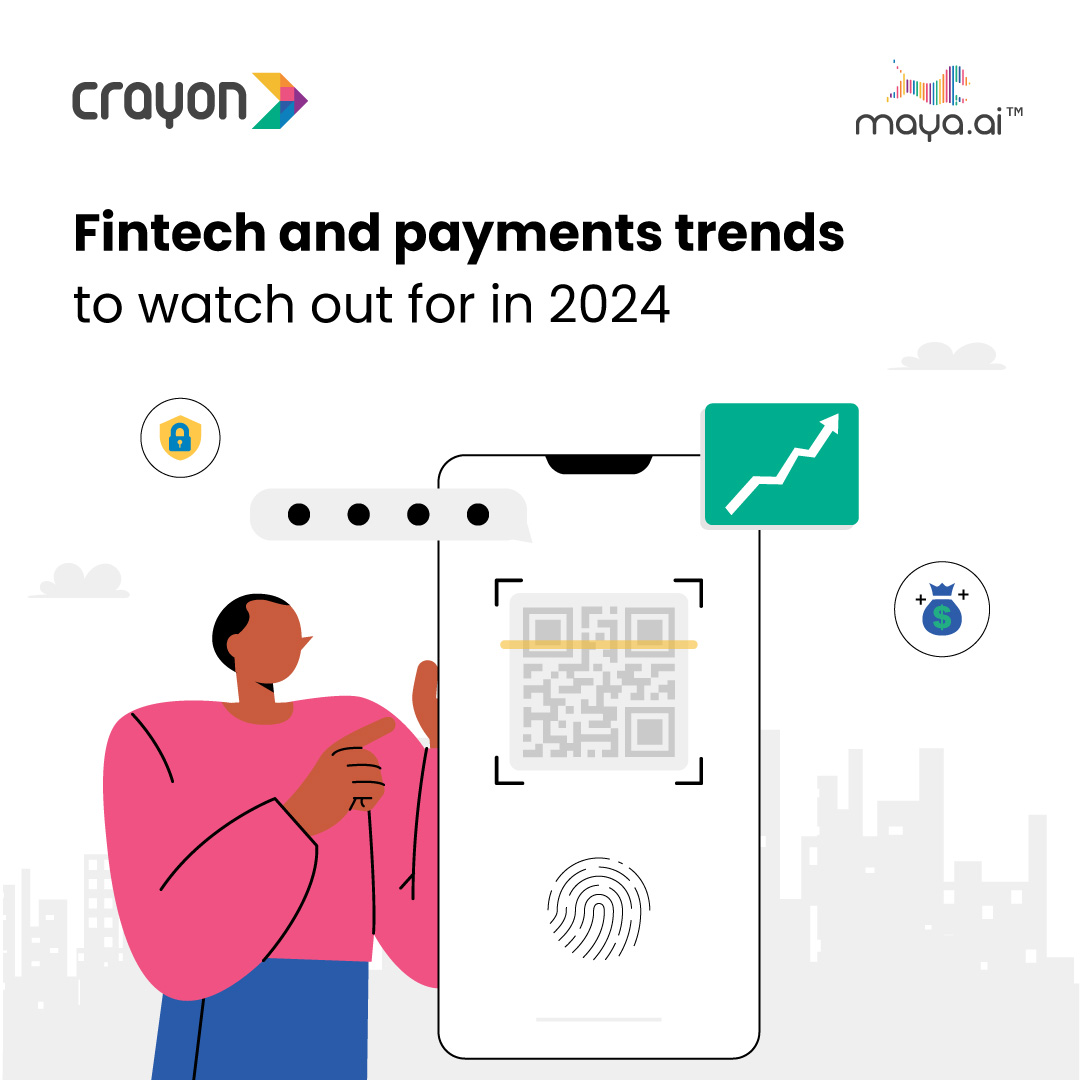
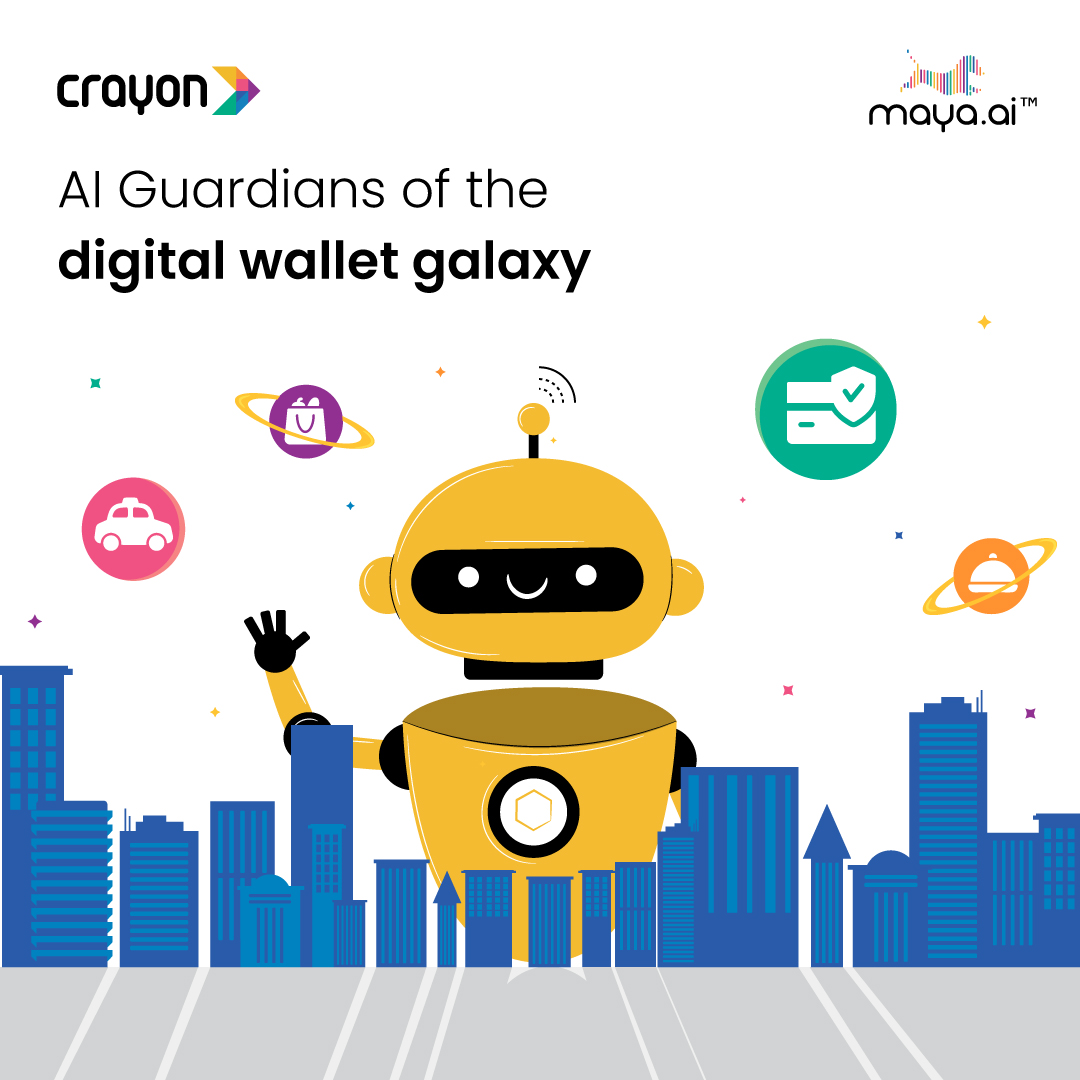
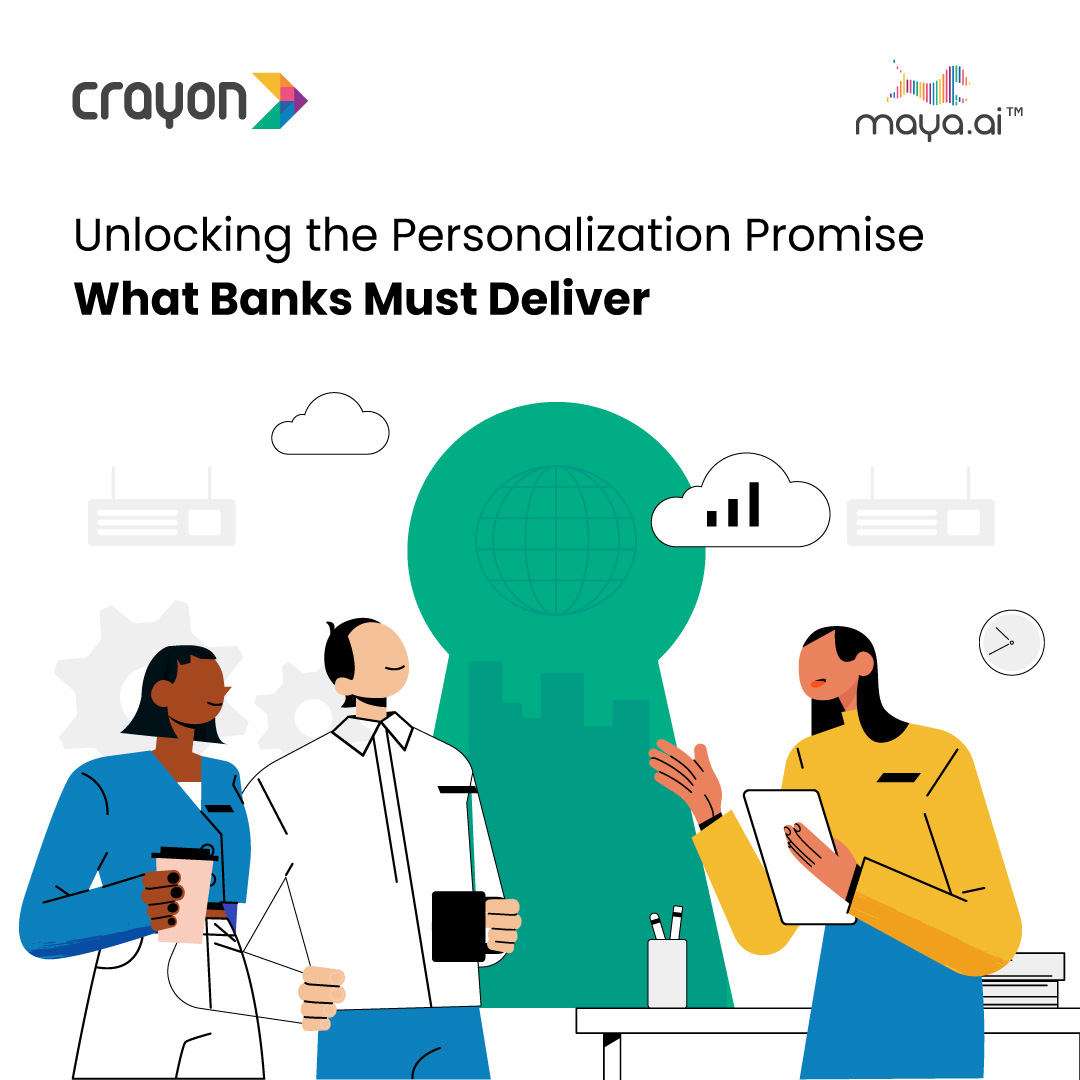




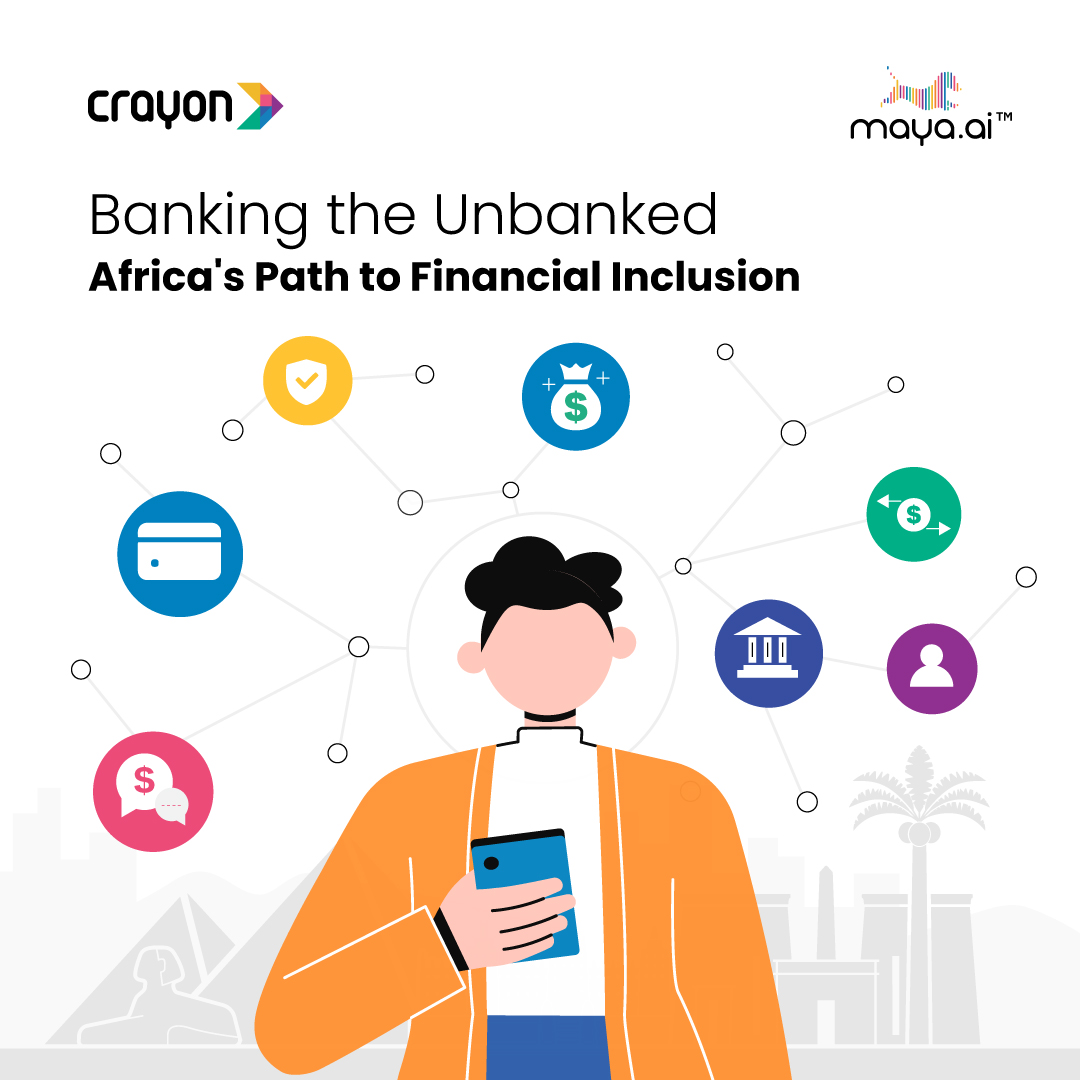

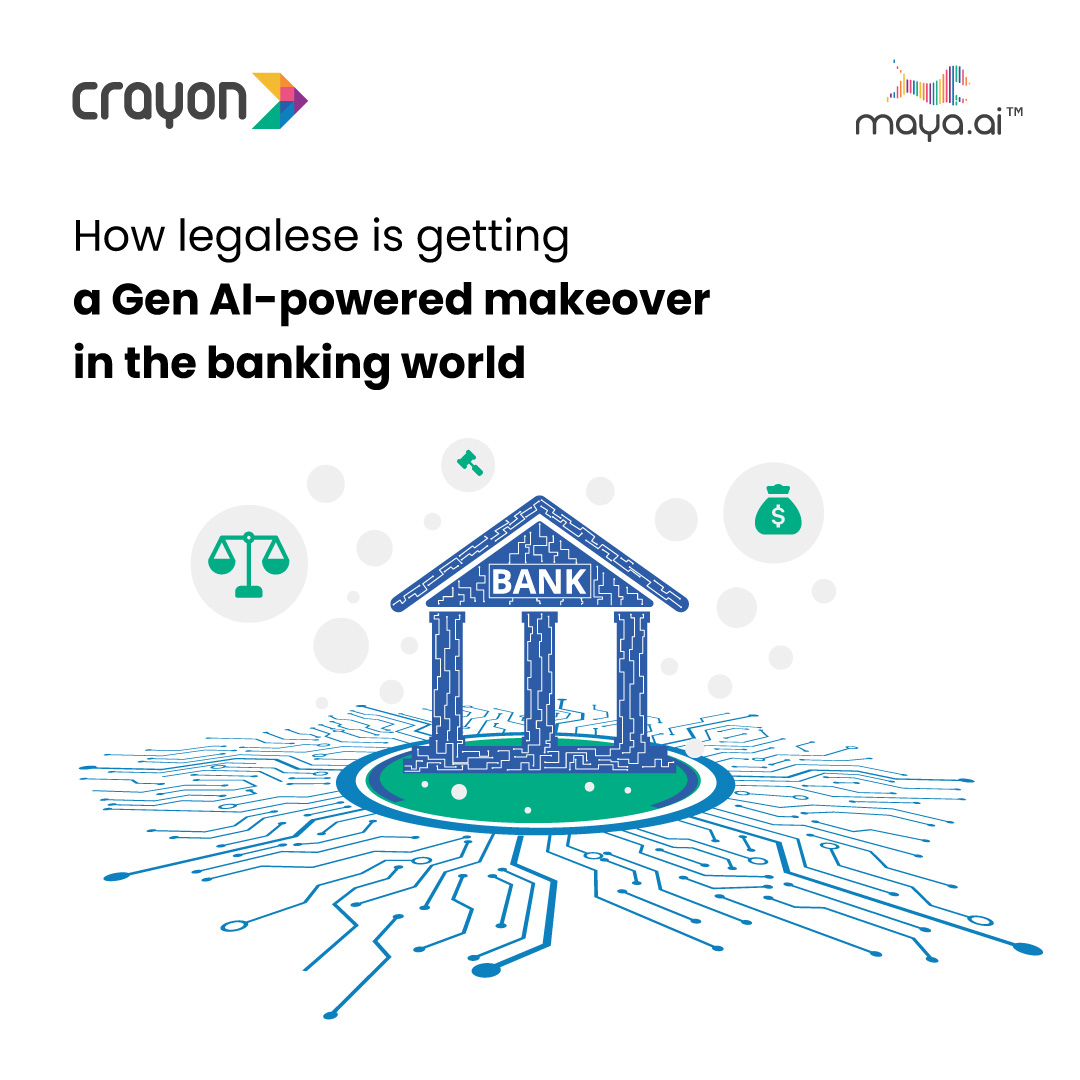

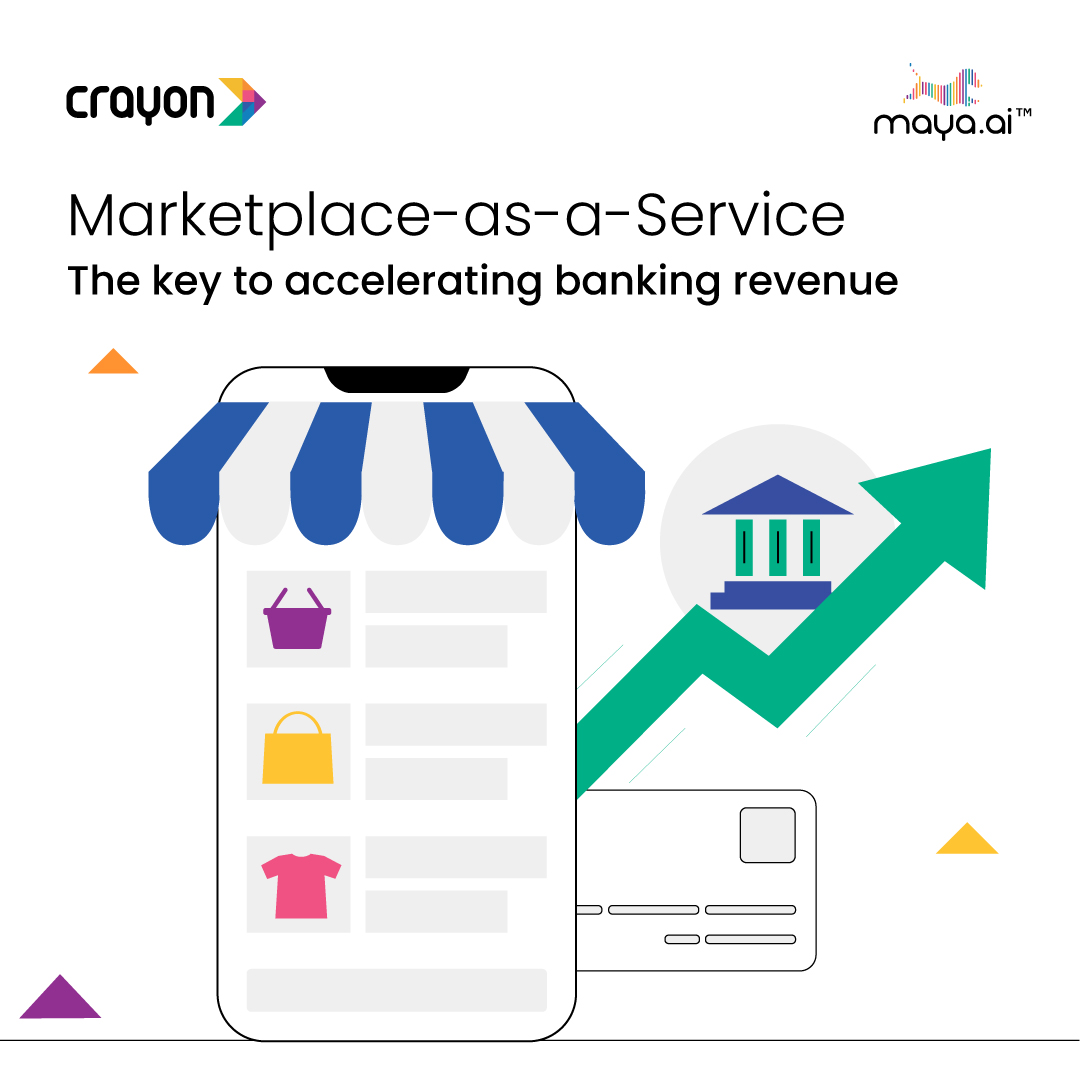

![Slaves to the Algo: AI podcast by Suresh Shankar [Season 1]](https://crayondata.ai/wp-content/uploads/2023/07/AI-podcast-by-Suresh-Shankar.jpg)
![Slaves to the Algo: an AI podcast by Suresh Shankar [Season 2]](https://crayondata.ai/wp-content/uploads/2023/08/version1uuid2953E42B-2037-40B3-B51F-4F2287986AA4modecompatiblenoloc0-1.jpeg)




